Sensory stimulation space for children (sight, touch, smell and hearing)
Stimulating children's senses is not only fun, but also a commitment to their cognitive and emotional development. Do not forget that the senses are the gateway to basic and superior cognitive functions. Capacities such as logic, concentration, coordination, the ability to feel and learn in their totality will benefit if you decide to create your own corner of stimulation.
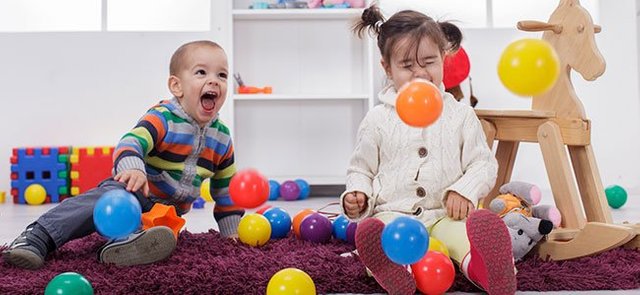
A classroom of sensory stimulation, is a space where children with some type of disability can learn, feel or interact through the stimulation of the senses. Different corners are created: visual, olfactory or communicative to work different stimuli according to the abilities and characteristics of the child.
A space for sensory stimulation is a tool especially for children with special educational needs, but it can also be used with children who do not have any needs. What is sought in it is the integration of the senses and the improvement of the quality of life in all those people who need it.
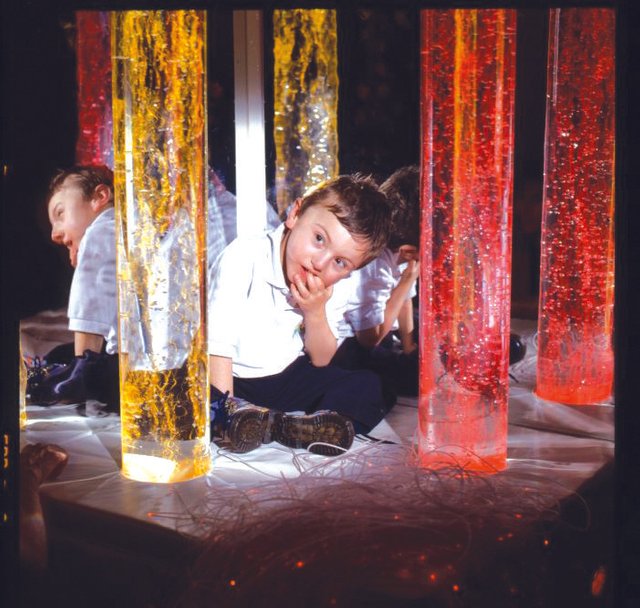
Thanks to the senses, and exploring the environment through movement (action and experimentation), the process of assimilation and accommodation takes place, which allows the construction of learning and the understanding of the world around us. This process takes place naturally in all people from birth.
If our action is aimed at favoring sensory development, not only will we be expanding the baggage of received stimuli, but we will be facilitating the interaction with the environment and the cognitive world. The richness of sensory stimuli benefits the development of thought, intelligence and language.
Ideas to create a space for stimulating the senses at home
The spaces of a classroom of sensory stimulation are those that provide the visual, auditory, tactile, olfactory and gustatory stimuli, besides being a place for communication.
The materials that are usually used depend on the objective they have to fulfill, according to the children and their characteristics and the stimuli that are intended to awaken. Some of the most common materials that are presented in these spaces are: water beds, ball pools, vibromassage cushions or touch panels. Perhaps these elements are more difficult to obtain, or to be able to install in a conventional house but it is not necessary either that we have all the spaces, as I have already mentioned it will depend on what we want to awaken in the children.
1. How to stimulate the sense of sight:

within the space or visual corner, we can find lights, objects of different colors and tonalities, light fibers, columns of bubbles, but also a projection space to stimulate by means of the projection of images or colors on a wall. This is actually quite simple to do or to find. To stimulate the vision we can make contrasts of black and white with geometric figures, make contrasts between darkness and clarity, closing and opening the curtains or turning the light on and off.
With the help of the mirror we can make sunlight reflect on the child's face. With flashlights, make light games, performing horizontal and vertical movements, motivating the search at eye level. And to motivate, you can add color filters, put cellophane paper of different colors on the flashlight and go.
In the bazaars we usually find very bright objects or the typical disco balls, on which we can make light reflect and shine with more intensity. The famous lava lamps, and also small lamps that touch them turn off or turn on, of this type.
2. How to stimulate the sense of smell:
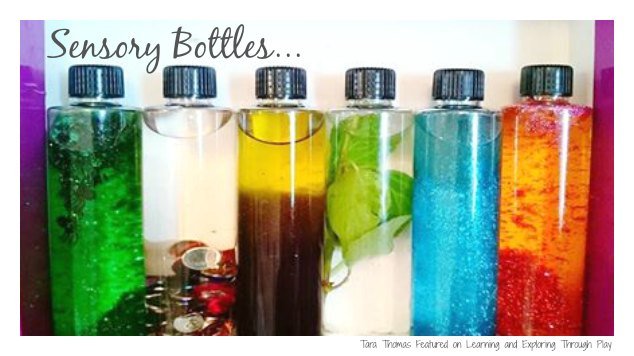
the olfactory space we can work the aromatherapy to capture the reality through the smells. For this, we can use the following materials, diffusers of aromas, flavored balls or oils, etc.
3. How to stimulate the sense of touch:
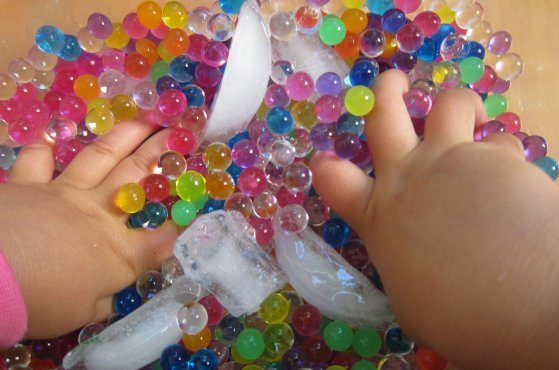
for the tactile space, we will find elements with different textures, temperature, weight or volume that allow us to differentiate objects and stimulate touch. This type of stimulation is important for blind people. Types of materials: balls of different sizes and weight, brushes, sponges, feathers, or you can make a panel with different types of fabrics such as corduroy, satin, silk, plush, or even sandpaper. Also balloons filled with rice, lentils etc...
4. How to stimulate the sense of hearing:
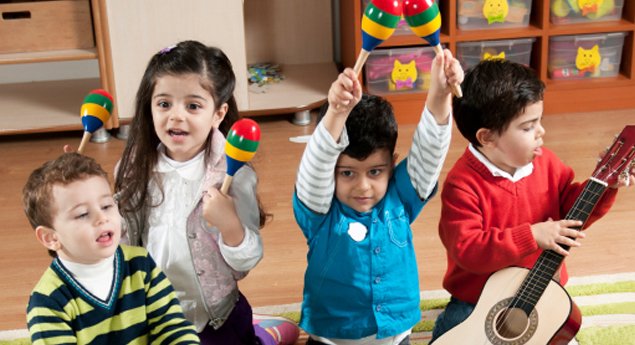
music, voices, sounds are used in the auditory space. The auditory stimulation can be worked through games that have sounds when typing or pressing a button, (effect games), tambourines, musical instruments, hammers, jingle bells, bells etc.
Here a demonstration of these spaces
thanks you @steemiteducation

Source
Direct translation without giving credit to the original author is Plagiarism.
Repeated plagiarism is considered spam. Spam is discouraged by the community and may result in action from the cheetah bot.
More information on Image Plagiarism
If you believe this comment is in error, please contact us in #disputes on Discord
Please note that direct translations including attribution or source with no original content is also considered spam.